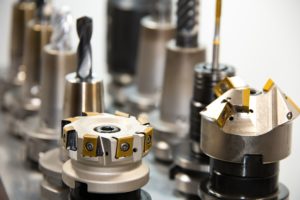The Research & Development Tax Credit is a strategic financial planning tool that allows companies to reduce its liabilities, permitting them to reinvest in their R&D efforts. This tax incentive allows companies to achieve their full potential and succeed in the extremely competitive high-tech market. Yet, many tool and die makers aren’t aware of the advantages and benefits the R&D Tax Credit can bring to their companies.

Tool and die makers conduct extensive R&D activities as part of their daily practices. The design and development of machining equipment is one of the many qualifying research activities (QRAs) companies within this industry perform. The expenses incurred within these processes, employee salaries and supplies consumed, can also be claimed as qualified research expenses (QREs). Furthermore, any outside contractors utilized to complete the design, development or other processes can also be claimed as part of the Research and Development Tax Credit.
The list below includes other QRAs performed by tool and die makers:
- Developing and designing prototypes and models.
- Developing or improving products, formulas or processes.
- Conducting certification tests.
- Testing new machining innovations.
- Designing and improving new and old tools, molds, dies, etc.
- Developing new product through software design tools.
- Designing and developing innovative equipment and computer programs.
- Testing materials and products for quality assurance purposes.
